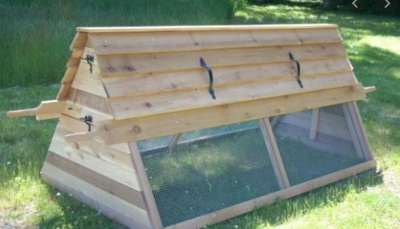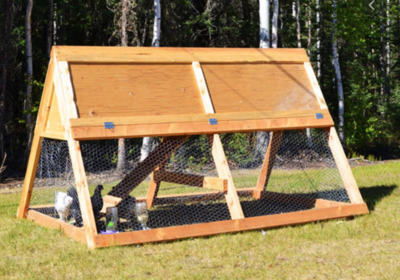gluckgluck9000
Chirping
Hi,
I have been using a heat lamp in my little coop for a little over a year (only in winter) I live in Colorado, the winters aren't horrible here but they can be very long and can get pretty cold with the snow. I really want some outside opinions on the use of a heat lamp.
I know they are a huge fire hazard and I do use bedding in my chickens coop (on the top level where the heat lamp is).
I find it nice that the heat lamp keeps the water from freezing which happens nearly every cold day, but I know there are heated watering stations as well.
Any thoughts on if my chickens need a heat lamp here in Colorado in the winter time?
If I suddenly take it out, will that put them into shock and cause issues?
Should I keep the heat lamp in?
I can attach an image of my coop tomorrow, it is late and dark here.
For reference I attached some images from google that are very similar to my coop (the heat lamp is in the top right corner of the upper section in the coop).
I have been using a heat lamp in my little coop for a little over a year (only in winter) I live in Colorado, the winters aren't horrible here but they can be very long and can get pretty cold with the snow. I really want some outside opinions on the use of a heat lamp.
I know they are a huge fire hazard and I do use bedding in my chickens coop (on the top level where the heat lamp is).
I find it nice that the heat lamp keeps the water from freezing which happens nearly every cold day, but I know there are heated watering stations as well.
Any thoughts on if my chickens need a heat lamp here in Colorado in the winter time?
If I suddenly take it out, will that put them into shock and cause issues?
Should I keep the heat lamp in?
I can attach an image of my coop tomorrow, it is late and dark here.
For reference I attached some images from google that are very similar to my coop (the heat lamp is in the top right corner of the upper section in the coop).





 .. for including your location in your profile. Makes things much easier to give advice, based on climate.
.. for including your location in your profile. Makes things much easier to give advice, based on climate.


 I am just south of you in Loveland.
I am just south of you in Loveland.